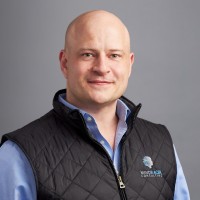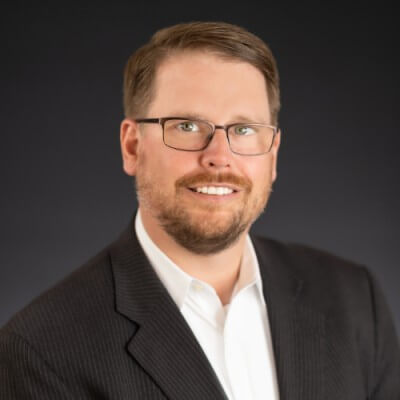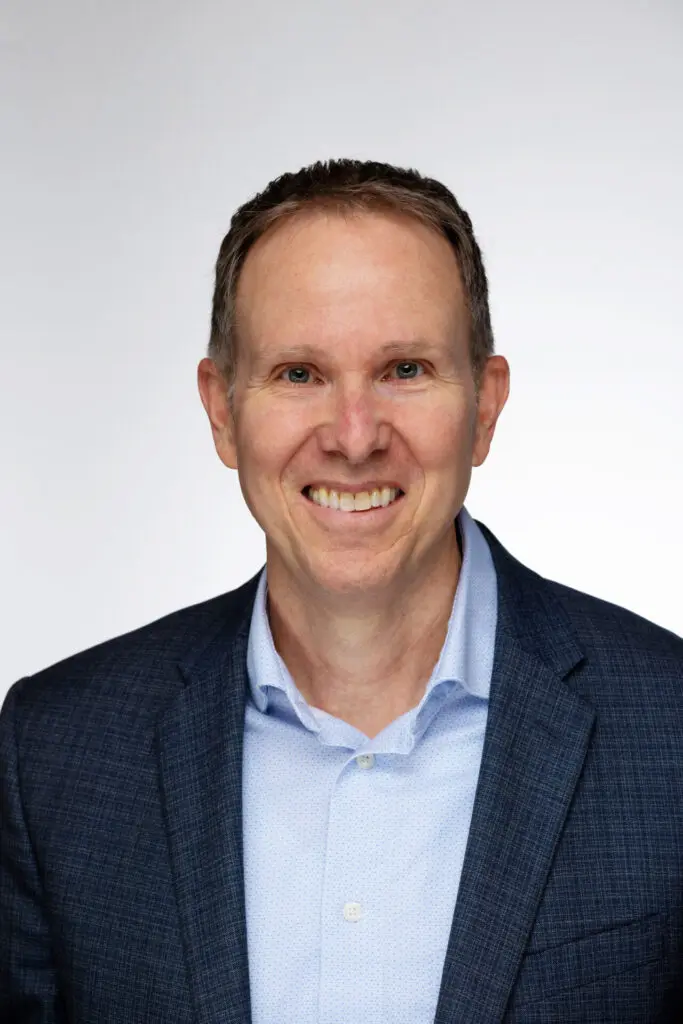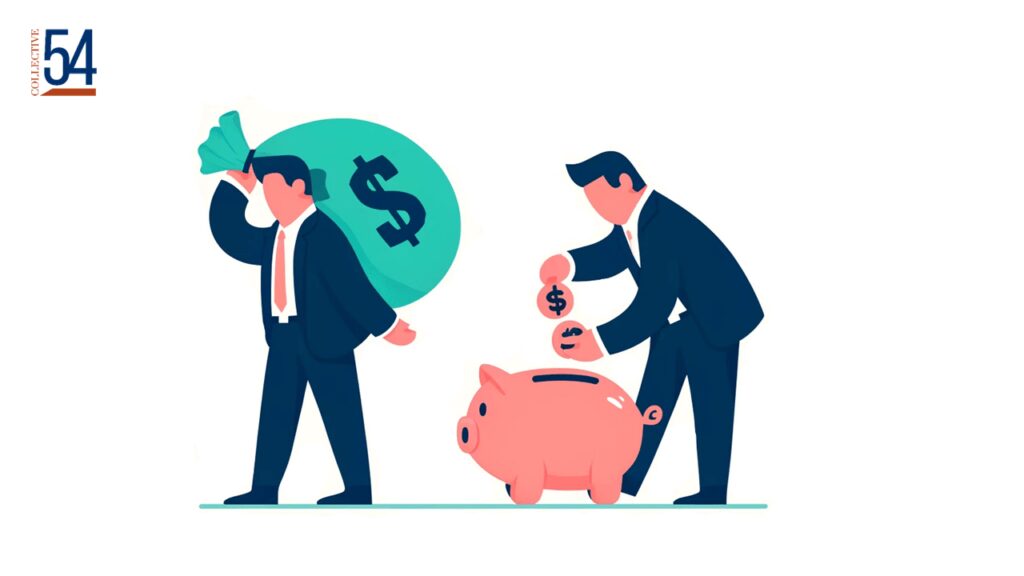Leveraging Strategic Partnerships & Alliances As a Professional Services Firm
As you know, growth isn’t just about winning one more client or launching one more offering. Growth must be sustainable and intentional. For my firm, this means identifying and nurturing partnerships that expand our reach and increase our revenue.









